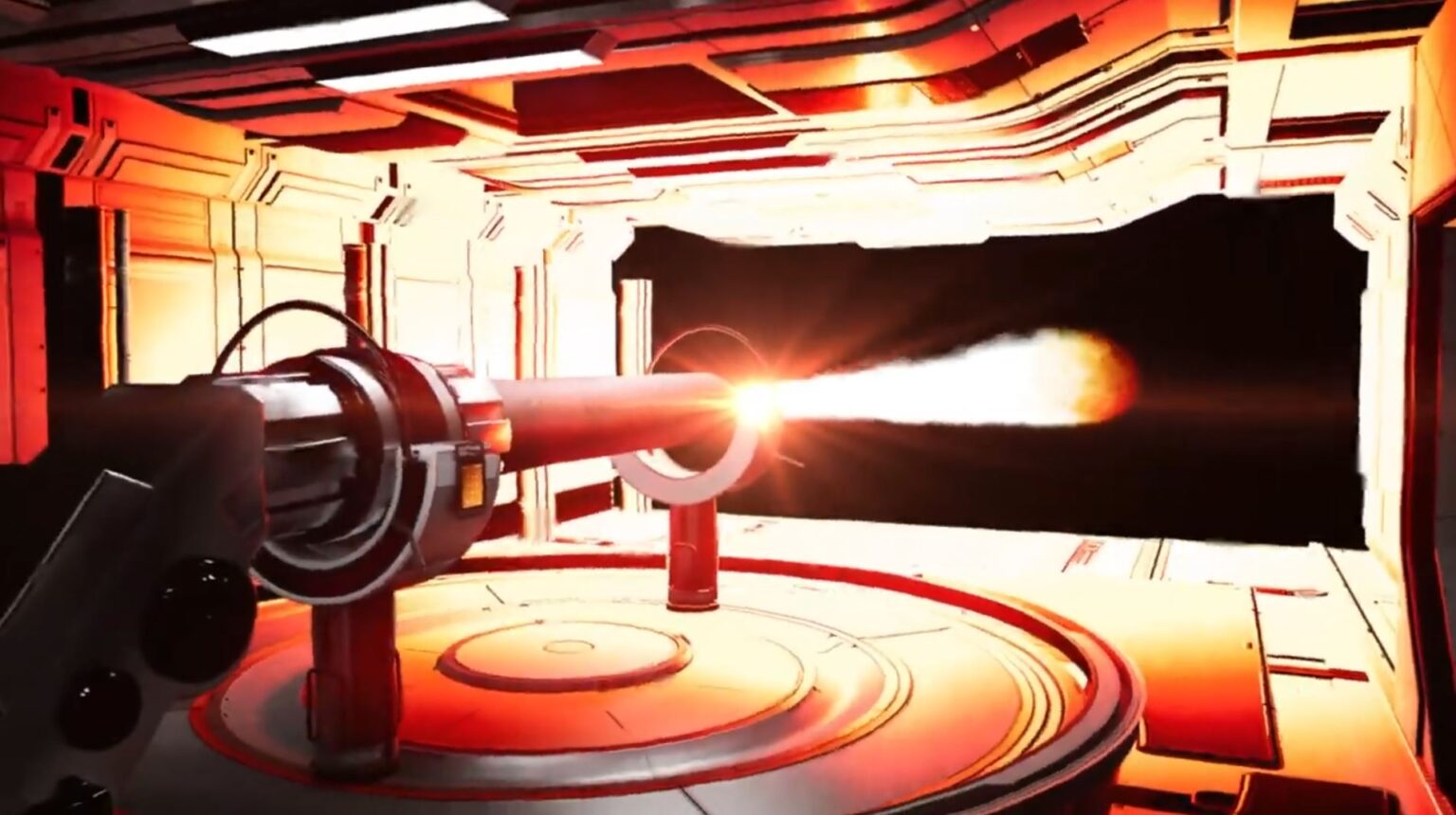The US Air Force Command signed an agreement with X-Bow to test a rocket in which solid fuel was printed on a 3D printer. It is expected that this technology will allow mass production of engines of these types of different sizes.

How to print fuel
The US Air Force Research Laboratory has signed an agreement with X-Bow Systems to test a new rocket worth USD 17.8 million. According to it, this startup should launch a rocket into space, solid fuel in which is printed on a 3D printer.
Unlike conventional liquid rockets, there are no separate tanks with components, pipelines and a combustion chamber inside solid-fuel rockets, in which a chemical reaction occurs. Instead, solid fuel and oxidizer are mixed into one mass, which fills the entire space inside the body. At launch, it just gradually burns out.
Such rockets have a much simpler design than liquid rockets, although they are much more difficult to control. Therefore, their main field of application is boosters for civilian carriers and engines for air defense and missile defense systems.
What will X-Bow do
The announced figure of USD 17.8 million is only part of a larger contract worth USD 60 million signed back in April as part of a program to increase strategic financing. Half of this amount will belong to the Air Force and half to private investors.
X-Bow will support the AFRL Rapid Energetics & Advanced Rocket Manufacturing (RE-ARM) program aimed at reducing the costs and schedules of fuel production for tactical rocket engines. The program supports the development of inexpensive equipment for the production of solid-fuel rocket engines.
X-Bow Systems was founded in 2016. Since then, they have become known for projects specifically in the field of 3D printing. With the money they receive, they must build a new plant in the state of Texas. The main reason why their technology is chosen for this is the need to produce rockets of various sizes.
Every time the filling for a solid-fuel rocket is made at the factory, it is necessary to give the fuel mass the required shape. And separate equipment must be made for each size of the rocket for this purpose. Therefore, it is profitable to produce only a very limited number of types of rockets.
X-Bow, which produces 3D printing technology, will not have such a problem. They will be able to quickly produce custom solid-fuel rockets with a diameter from 5 to 150 mm.
Using additive methods, X-Bow aims to significantly reduce the time required to produce solid-fuel rocket engines, which are used in tactical rockets and space launch vehicles. The company hopes to eventually compete for contracts with well-known rocket manufacturers such as Northrop Grumman and Aerojet Rocketdyne, which were recently acquired by L3Harris.
According to spacenews.com
Follow us on Twitter to get the most interesting space news in time
https://twitter.com/ust_magazine
